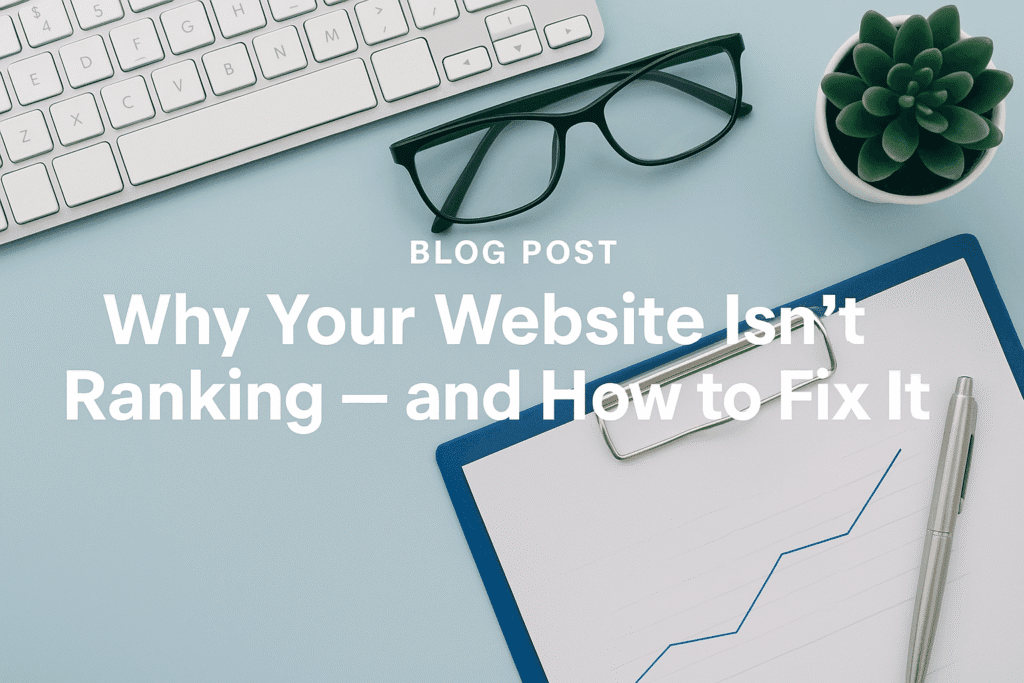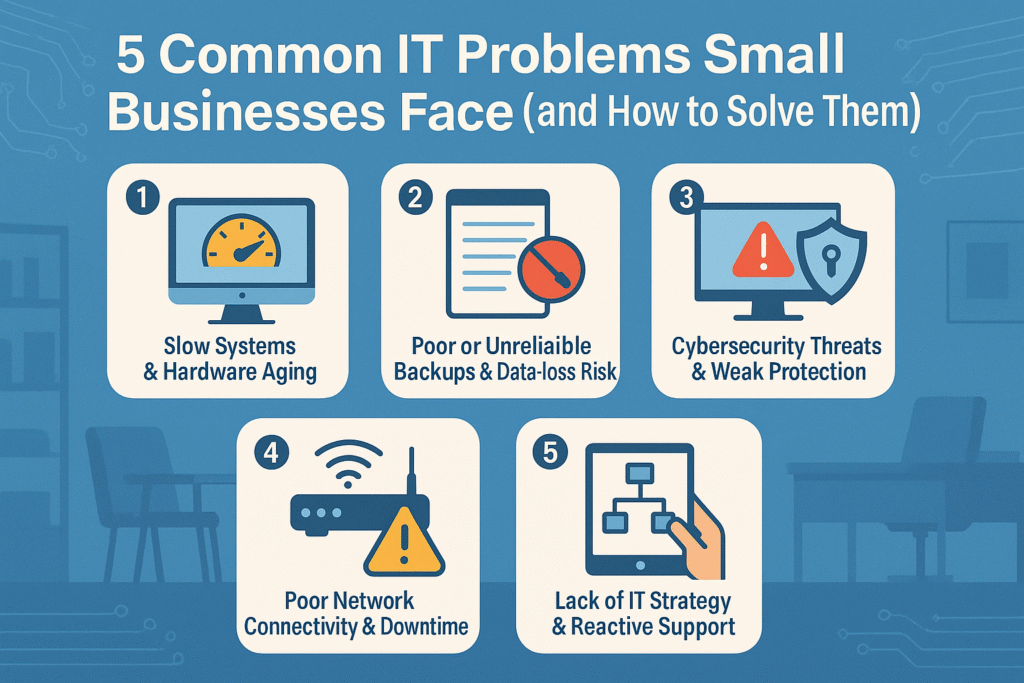In today’s hyper-connected world, cyber threats are evolving faster than ever — and small businesses are now a top target. According to recent industry reports, over 40% of cyberattacks in 2024 were aimed at small and medium-sized enterprises (SMEs). The reason is simple: many small businesses don’t think they’ll be attacked, and their defences are often weaker than larger companies.
As we move into 2025, protecting your business isn’t just about installing antivirus software — it’s about building a culture of cybersecurity. Here are the key principles every small business owner should understand.
1. Cybersecurity Is a Business Issue — Not Just an IT Problem
Too many business owners still see cybersecurity as a “tech issue.” In reality, it’s a business-critical function that affects your reputation, finances, and customer trust.
In 2025, data protection laws and customer expectations are stricter than ever. A single breach could lead to lost clients, regulatory fines, and significant downtime.
What to do:
-
Treat cybersecurity as a board-level priority.
-
Assign clear responsibility for security (internally or through a managed IT provider).
-
Include cybersecurity in your business continuity and risk management plans.
2. Use Multi-Factor Authentication (MFA) Everywhere
Passwords alone are no longer enough. With AI-driven phishing and credential theft on the rise, stolen passwords are one of the easiest ways hackers break in.
What to do:
-
Enable MFA on all accounts — especially email, cloud storage, and banking.
-
Use authentication apps or physical security keys (not just text messages).
-
Encourage staff to use unique passwords for each login, supported by a password manager.
🟢 Tip: Most Microsoft 365, Google Workspace, and accounting software platforms now include MFA by default — turn it on if you haven’t already.
3. Keep Systems and Software Up to Date
Unpatched software is one of the most common entry points for attackers. Outdated apps, operating systems, and devices often contain known vulnerabilities that cybercriminals exploit.
What to do:
-
Turn on automatic updates for Windows, macOS, and major software.
-
Regularly review your systems to retire any old, unsupported devices.
-
Work with your IT provider to manage patching across your business network.
🟢 Remember: Even routers, firewalls, and printers need firmware updates too!
4. Back Up Your Data (and Test Your Backups)
Ransomware attacks continue to rise — where hackers encrypt your files and demand payment to restore them. Having reliable backups can be the difference between a quick recovery and a total business shutdown.
What to do:
-
Follow the 3-2-1 rule: keep 3 copies of your data, on 2 different media, with 1 stored off-site or in the cloud.
-
Test your backup and restore process regularly.
-
Encrypt backup data and protect it with MFA.
🟢 Bonus: Cloud-based backup services often provide version history, allowing you to restore data from before an infection occurred.
5. Train Your Staff — They’re Your First Line of Defence
Even the best technology won’t help if employees click on a phishing link. Human error is responsible for around 80% of data breaches.
What to do:
-
Run short, regular cybersecurity awareness sessions (quarterly is ideal).
-
Simulate phishing emails to help staff recognise red flags.
-
Create clear policies for handling suspicious messages, external storage, and password sharing.
🟢 Tip: Make training part of onboarding so new staff start with good security habits.
6. Use Managed Security Services for Extra Protection
Cybersecurity tools alone can’t cover every angle — you also need ongoing monitoring and expert support. Managed security providers use advanced systems to detect and stop threats before they become disasters.
What to do:
-
Partner with a Managed IT or Security Services Provider that offers 24/7 monitoring, threat detection, and response.
-
Ask about firewall management, endpoint protection, and security audits.
-
Schedule regular reviews of your cybersecurity posture.
🟢 Result: Peace of mind knowing experts are watching over your business around the clock.
7. Have a Cyber Incident Response Plan
Even with strong defences, incidents can still happen. A well-defined response plan minimises damage and downtime.
What to do:
-
Document clear steps to take if an attack occurs — who to call, what systems to isolate, and how to communicate with clients.
-
Keep contact details for your IT provider, insurance company, and law enforcement handy.
-
Review and update the plan annually.
🟢 Bonus: Consider cyber insurance to protect against financial loss from attacks.
Final Thoughts
Cybersecurity isn’t a one-time project — it’s an ongoing commitment. In 2025, the businesses that thrive are the ones that make security part of their everyday operations.
By focusing on proactive protection, employee awareness, and expert support, you’ll not only reduce risk but also build customer confidence in your business.
If your company needs help securing its systems or setting up a cybersecurity plan, Genius Creative offers professional IT and security services for small businesses across Sutton Coldfield and the West Midlands. Get in touch today to schedule a free consultation.


